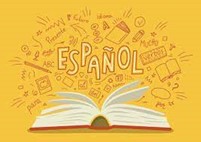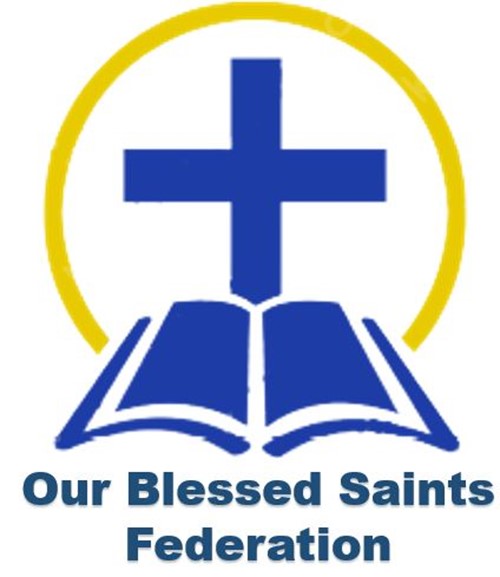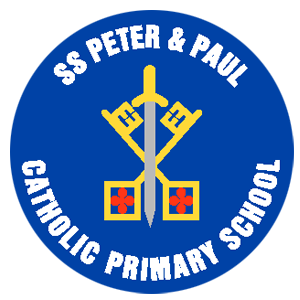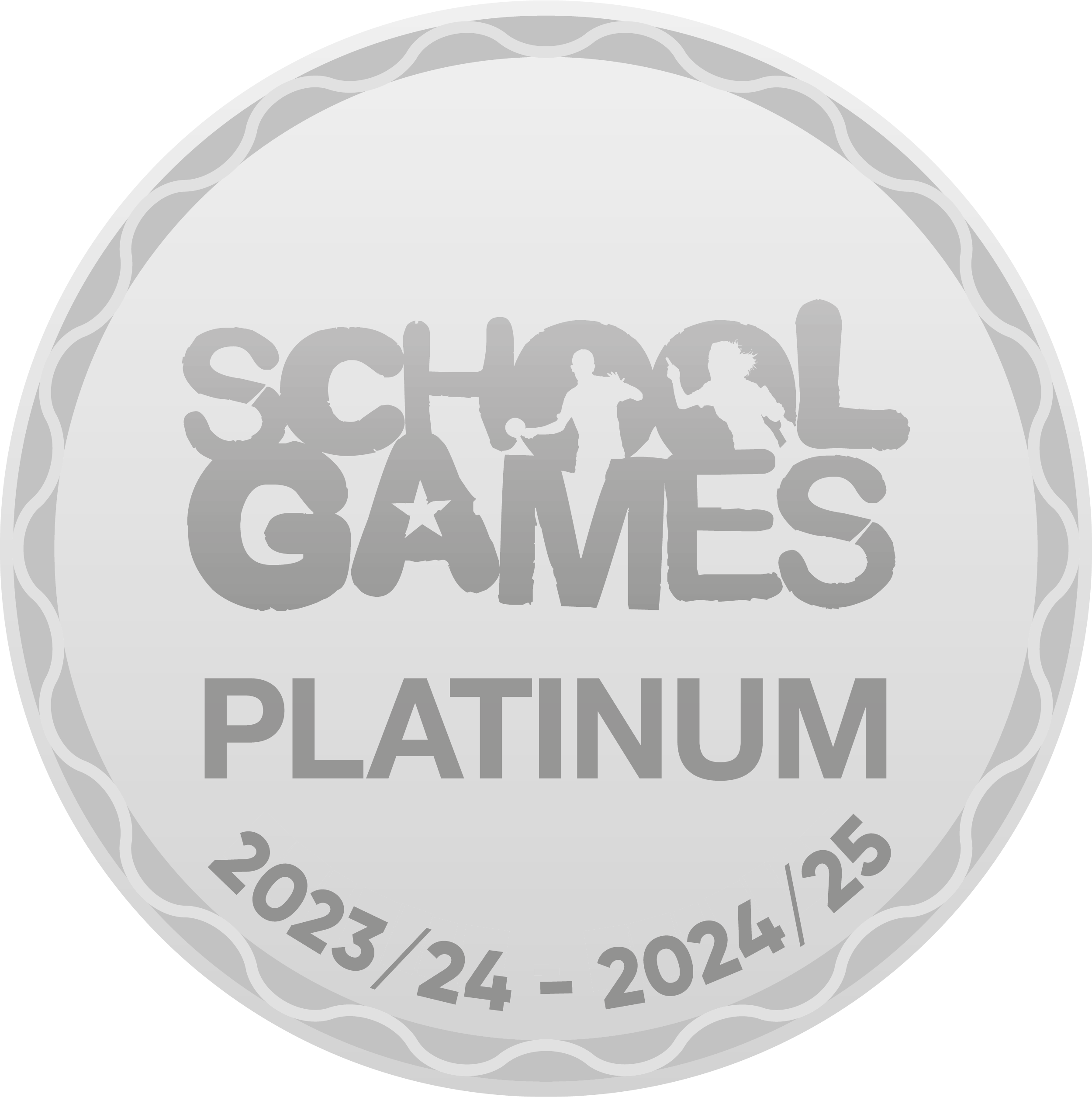SPANISH at SSPP
Spanish
At SSPP, we provide our pupils with high-quality Spanish provision in order to foster their curiosity of different cultures around the world. The teaching enables the pupils to express their ideas and thoughts in another language and to understand and respond to its speakers both in speech and writing. Our curriculum leaves them with firm foundations for further learning in secondary education. Knowing that understanding different cultures and diversity is core to the children at SSPP, we provide opportunities to study and learn about other languages and cultures that reflect our countries make-up.
“I love learning Spanish, because my Nan lives in Spain.”
“A lot of words are similar to our English words, like elefante for elephant and pinguino for penguin!”
“I really like how we learn lots of songs to help us remember the language.”
“I can remember all the colours in Spanish now!”
“I love learning Spanish because we do lots of practicing with my friends.”
“I really like practicing pronouncing ‘r’ because it’s different to our phonics.”
Implementation
In KS2, each class has a timetabled Spanish lesson of up to one hour per week.
Lessons across the Key Stages support the skills of speaking, listening, reading and writing:
- Children are taught to listen attentively to spoken language and respond, joining in with songs, rhymes and games.
- Links have been developed with secondary schools and children from KS3 visit to disseminate language learning to the children.
- Children develop an appreciation of a variety of stories, songs, poems and rhymes in Spanish that are delivered through the curriculum content, as well as by native Spanish speakers within the wider school community.
- Whole school celebrations like Spanish Language Day across whole school in Summer 2 and 'Window on the World' mini adventure which takes all children in school on a cultural journey of different countries or religions.
- Cross curricular links with computing are provided using the Spanish app and SEESAW.
- We follow the primary MFL scheme of work from Primary Languages Network (PLN):
The PLN Virtual Learning Environment offers comprehensive KS2 schemes in French, German and Spanish and KS1 including necessary planning and assessment tools schools may require. We support schools to achieve effective teaching and learning of primary foreign languages for all children. Find out more here.
Each new unit of work begins with a recap of the previous related knowledge from previous years. This helps children to retrieve what they have learnt in the earlier sequence of the programme of study, and ensures that new knowledge is taught in the context of previous learning to promote a shift in long term memory. Key vocabulary for the new topic is also introduced as part of this ‘unit introduction’ and is visible through screen displays, table mats and access to native speaking videos to support pronunciation. This provides definitions and accompanying visuals for each word to ensure accessibility to all. This approach also means that children are able to understand the new vocabulary when it is used in teaching and learning activities and apply it themselves when they approach their work.
Knowledge and skills in Spanish are progressive from one year to the next and are mapped across the school, in line with the PLN scheme of work. Cross curricular and immersive links have been identified and the school’s own context is considered as part of curriculum planning, including, for example 'singing Happy birthday in Spanish in assemblies', 'saying the sign of the cross in Spanish' and 'responding to registration in Spanish'.
In a wider context to being a linguist and having knowledge of the world, we encourage pupils with an additional language to share and become the expert to give them a personal feeling of belonging to our community in school. We have a range of languages to draw from in school including: Polish, Ukrainian, Chinese, Portuguese, Urdu, French and Turkish.
Impact
Our MFL curriculum ensures that children develop their knowledge of where different languages, including the range of home languages spoken by the families of the school, as well as Spanish, are spoken in the world.
Varied learning experiences, including ‘Spanish Day’ where each class studies a Spanish speaking country, 'Window on the World' and other cultural celebrations also ensure that languages are celebrated throughout the school community whilst providing a context for language learning and develop the children’s understanding of different cultures.
At the end of each unit in KS2, we use the assessments from PLN to gauge learning that has been remembered which then supports teachers for the next unit it what needs to be recalled and recapped. At the start of the year, Autumn 1 plans ensure there are lots of opportunities for recapping and remembering previous learning. By teaching weekly, children have the best opportunity to move learning into their long-term memory.
We also use SEESAW to assess speaking and listening within lessons, with the teacher and children (UKS2) recording and watching back their activity to improve and correct pronunciation or recall.
Characteristics of a Linguist
- The confidence to speak with good intonation and pronunciation.
- Fluency in reading.
- Fluency and imagination in writing.
- A strong awareness of the culture of the countries where the language is spoken.
- A passion for languages and a commitment to the subject.
- The ability to use language creatively and spontaneously.
- An independence in their studies and the ability to draw upon a wide range of resources.
SSPP currently utilise the Primary Languages Network as a scheme of work to ensure plans are progressive and sequential. The importance of our approach in interleaving knowledge and skills so children remember more is thread through the scheme.
National Curriculum
Learning a foreign language is a liberation from insularity and provides an opening to other cultures. A high-quality languages education should foster pupils’ curiosity and deepen their understanding of the world. The teaching should enable pupils to express their ideas and thoughts in another language and to understand and respond to its speakers, both in speech and in writing. It should also provide opportunities for them to communicate for practical purposes, learn new ways of thinking and read great literature in the original language. Language teaching should provide the foundation for learning further languages, equipping pupils to study and work in other countries.
The national curriculum for languages aims to ensure that all pupils:
- understand and respond to spoken and written language from a variety of authentic sources
- speak with increasing confidence, fluency and spontaneity, finding ways of communicating what they want to say, including through discussion and asking questions, and continually improving the accuracy of their pronunciation and intonation
- can write at varying length, for different purposes and audiences, using the variety of grammatical structures that they have learnt
- discover and develop an appreciation of a range of writing in the language studied.
Modern Foreign Languages knowledge and skills progression:
Skills and progression in Modern Foreign Languages - Spanish









